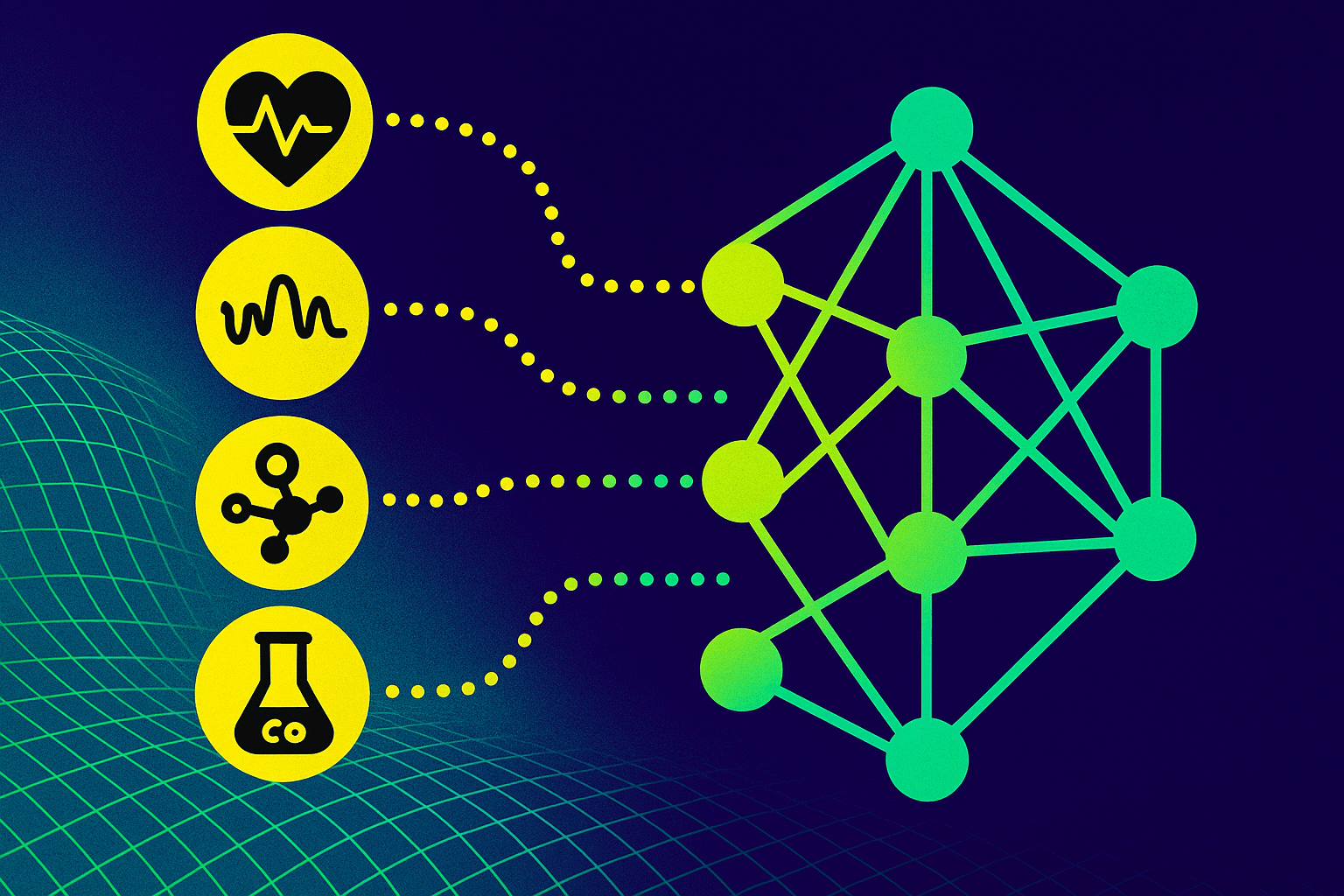Tech giants to invest over $1 trillion in AI, but profitability is questionable, say Goldman Sachs experts.
The technology industry and other companies plan to invest more than $1 trillion in AI infrastructures in the coming years. However, so far, few concrete results are visible. The question arises whether these massive investments will pay off. Goldman Sachs talked to external and internal experts about this.
MIT economist Daron Acemoglu estimates that AI will only increase labor productivity in the US by 0.5 percent and GDP growth by only 0.9 percent over the next ten years. In his opinion, AI models will not improve as quickly and impressively as many believe. Jim Covello, head of Global Equity Research at Goldman Sachs, also argues that AI technology is extremely expensive and needs to solve very complex problems to generate an adequate return. In his opinion, AI is not designed for this and may never achieve human cognitive capabilities.
Joseph Briggs, a senior economist at Goldman Sachs, is more optimistic and estimates that AI will ultimately automate 25% of all work tasks and increase productivity in the US by 9% and GDP growth by 6.1% over the next ten years. He expects that declining costs will lead to more automation through AI in the long run. Two other colleagues of Briggs are also convinced of the long-term potential of AI, despite the lack of a "killer application". They see no signs of irrational exuberance, as current AI investments in relation to revenue do not deviate significantly from previous technology cycles.
Power shortages likely to be a bottleneck
However, chip and power supply shortages could limit the growth of AI technology in the coming years: Goldman Sachs analysts expect demand for AI chips to exceed supply in the coming years. Shortages of High-Bandwidth Memory (HBM) and special chip packaging technologies such as CoWoS will limit AI growth for the time being.
The spread of AI and data centers will also greatly increase US power demand in the coming years. Brian Janous of Cloverleaf Infrastructure believes that US utilities are not prepared for this. A painful power shortage that could limit AI growth is likely. Hongcen Wei of Goldman Sachs already sees initial signs of such an impending increase in US power demand in Virginia, a hotspot for data centers. Between 2016 and 2023, commercial electricity consumption in Virginia increased by 37 percent, while it stagnated in most other states.
The rapid expansion of data centers and electrification could also increase power demand in Europe by 40 to 50 percent by 2030. According to Alberto Gandolfi of Goldman Sachs, power grids and renewable energies will benefit most from this.





